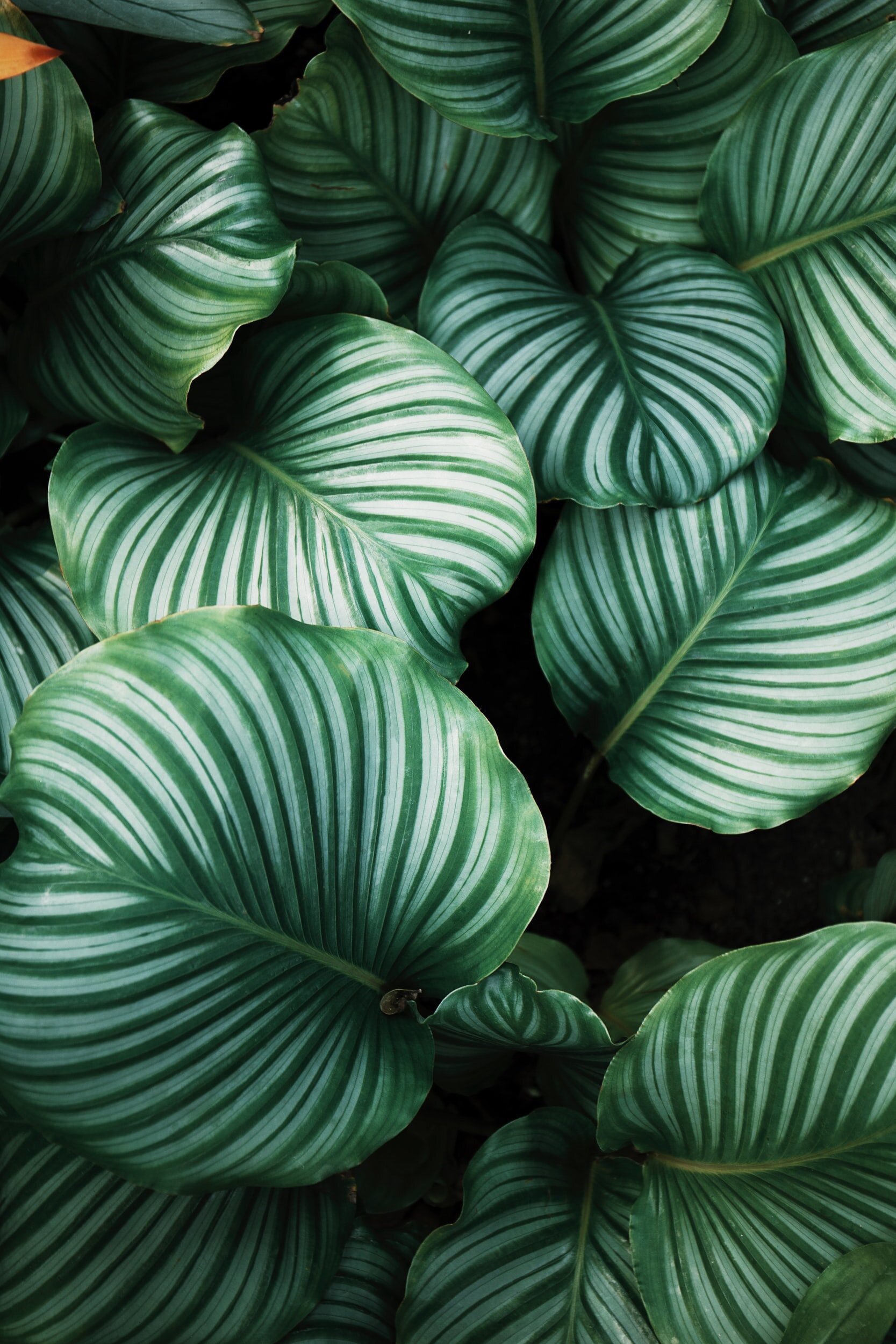
BLOG
The Kidney Channel of Foot Shaoyin
The Kidney Channel is the Yin-Yang pair channel of the Bladder Channel. It’s also the Foot channel of Shaoyin…
Below is the pattern differentiation and acupuncture treatment prescription for the signs and symptoms we have learned in this video. There are still a few more things to learn before fully understanding this information. But I will leave these here for those who are interested in taking a peek of what’s coming later or for those who already have some knowledge about pattern differentiation and want to learn more. Until next time! :)
DIZZINESS
EXCESS: GV-20, GB-20, LV-3, PC-6, ST-40
LV Yang Rising (+ LV-2, GB-8)
Phlegm-Damp (+ CV-12, SP-9)
Blood stasis (+ BL-17)
DEFICIENCY: GV-20, GB-20, BL-18, BL-23, ST-36
Qi-Blood deficiency (+ BL-20, CV-6)
KD Essence deficiency (+ GB-39, KD-3)
INSOMNIA
KD-6, BL-62, HT-7, SP-6, An Mian, Si Shen Cong
LV Fire (+ LV-2)
Phlegm-Fire (+ ST-40, PC-8)
HT-SP deficiency (+ BL-15, BL-20)
HT-KD disharmony (+ BL-15, BL-23)
HT-GB Qi deficiency (+ BL-15, BL-19)
The Kidney Channel of Foot Shaoyin
The Kidney Channel is the Yin-Yang pair channel of the Bladder Channel. It’s also the Foot channel of Shaoyin. Let’s start with the primary channel.
The Kidney Primary Channel
The Kidney primary channel starts beneath the little toe, crossing KD-1 at the sole of the foot. The channel emerges at KD-2 and goes to KD-3, posterior to the medial malleolus. It circles around and goes to KD-6, inferior to the medial malleolus. Then it goes up along the medial aspect of the leg. It crosses the Spleen channel at SP-6 and goes to KD-10, at the medial side of the popliteal fossa.
It goes up along the postero-medial aspect of the thigh to the tip of the coccyx, intersecting with the Governing Vessel at GV-1. It goes through the spine, enters the Kidney and Bladder.
There is a branch from the Kidney that goes to the Liver, passes diaphragm, and enters the Lung. It goes along the throat and ends at the root of the tongue.
Another branch from the Lung joins the Heart, linking with the Pericardium at CV-17.
The primary channel comes out at the upper border of pubic symphysis, 0.5 cun lateral to the midline at KD-11. It goes up, intersecting with CV-3, 4, and 7. It follows the 0.5 cun line until KD-21, then goes to 2 cun lateral to the midline. It continues to go up along the 2 cun line and ends at KD-27, inferior to the clavicle.
The Kidney Luo-connecting Channel
The Kidney Luo-connecting channel starts at KD-4, posterior to the medial malleolus, and connects with the Bladder channel. It goes up along the primary channel to below of Pericardium and goes into the lumbar spine.
The Kidney Divergent Channel
The Kidney divergent channel comes out at the popliteal fossa. It follows the Bladder divergent channel and connects with the Kidney. It crosses the Girdling Vessel in the region of the 2nd lumbar spine. Then goes to the root of the tongue and emerges at the nape of the neck, converging with Bladder primary channel.
The Kidney Sinew Channel
The Kidney sinew channel starts beneath the little toe. It joins the Spleen sinew channel inferior to the medial malleolus and binds at the heel where it joins the Bladder sinew channel. It goes up the leg and binds at the medial condyle of the tibia and at the genitals. It goes internally and goes up along the inner aspect of the spine to the nape of the neck, binding to the occipital bone and converging with the Bladder sinew channel.
Key Points
The primary channel and sinew channel begin beneath the little toe.
The primary channel intersects the Spleen channel at SP-6.
The primary channel and luo-connecting channel go to the lumbar spine; the sinew channel goes to the inner aspect of the spine and occipital bone.
The divergent channel and sinew channel go to the nape of the neck.
The primary channel and divergent channel go to the root of the tongue.
The sinew channel binds at the genital.
The primary channel enters KD, BL, LV, LU, and HT.
The luo-connecting channel goes below PC.
The divergent channel enters KD.
Signs and symptoms of the Primary Channel
Pain in the lower back
Pain in the sole of the foot
Signs and symptoms of the Luo-connecting Channel
The Kidney luo-connecting channel has excess and deficiency syndrome. For excess, signs and symptoms include mental restlessness, depression, retention of urine, pain in the heart region, and distention and fullness of the chest. For deficiency, there is lower back pain.
Signs and symptoms of the Sinew Channel
Pain, stiffness and sprain of the toes, foot, inner ankle
Stiffness of the spine and neck
Inability to bend forward and backward
Convulsions
Major Acupuncture Points on Kidney Channel
KD-1 is good at treating LV Yang rising, LV Fire, and LV Wind due to its action of descending excess from the head. These patterns are excess above and deficiency below, causing signs and symptoms, such as headache, dizziness, and vision problems. Along the same line, this point can harmonize the HT and KD, treating mental and emotional problems.
As the Kidney channel goes to the throat and the root of the tongue, KD-1 is also known to treat signs and symptoms, such as throat painful obstruction, inability to swallow, and loss of voice.
KD-1 is also indicated for shortness of breath or coughing due to KD deficiency and running piglet Qi.
KD-2 has a prominent action of clearing Kidney Yin deficiency Heat, causing signs and symptoms such as dry throat, night sweating. But at the same time, it also has a tonifying Yang action. So moxibustion on this point can treat Yang deficiency with spontaneous sweating, cold extremities, diarrhea, and edema.
KD-6 is the major point for treating the sore throat, whether deficient or excess. This point is also indicated for both insomnia and somnolence. And it regulates the Lower Burner, treating disorders of the genito-urinary system as well as any kind of constipation.
KD-7 regulates the Water Passages. It can treat any type of edema. It can induce or stop sweating. And it can also stop the bleeding, such as blood in the urine or stool, and uterine bleeding. KD-8 is also the major point for the uterine bleeding problems. It can treat uterine bleeding due to both KD deficiency and excess, such as Damp-Heat or Bloodstasis. These two points are located very close to each other.
KD-10 treats the excess patterns of the genito-urinary disorders. It treats signs and symptoms, such as uterine bleeding, leucorrhea, genital itching, and difficult or urgent urination, by clearing Damp-Heat in the Lower Burner.
So, that was the Kidney Channel. Next, we will learn about the Pericardium Channel of Hand Jueyin. If you have any feedback or questions about the material covered, please don’t hesitate to contact at junhwa@tcmexplained.com.
* The content is provided only for education purposes and is not intended to be a substitute for professional medical advice, diagnosis, or treatment.
References
1. Cheng, Xinnong, ed. Chinese Acupuncture and Moxibustion. 3rd ed. Fifteenth Printing 2014. Beijing: Foreign Languages Press, 2012.
2. Deadman, Peter, Mazin Al-Khafaji, Keven Baker. A Manual of Acupuncture. 2nd ed. East Sussex, England:Journal of Chinese Medicine Publications, 2007.
3. Kaptchuk, Ted J. The Web That Has No Weaver: Understanding Chinese Medicine. 2nd ed. New York: McGraw-Hill, 2000.
4. Maciocia, Giovanni. The Foundations of Chinese Medicine: A Comprehensive Text for Acupuncturists and Herbalists. 3rd ed. Philadelphia: Elsevier Churchill Livingstone, 2015.
